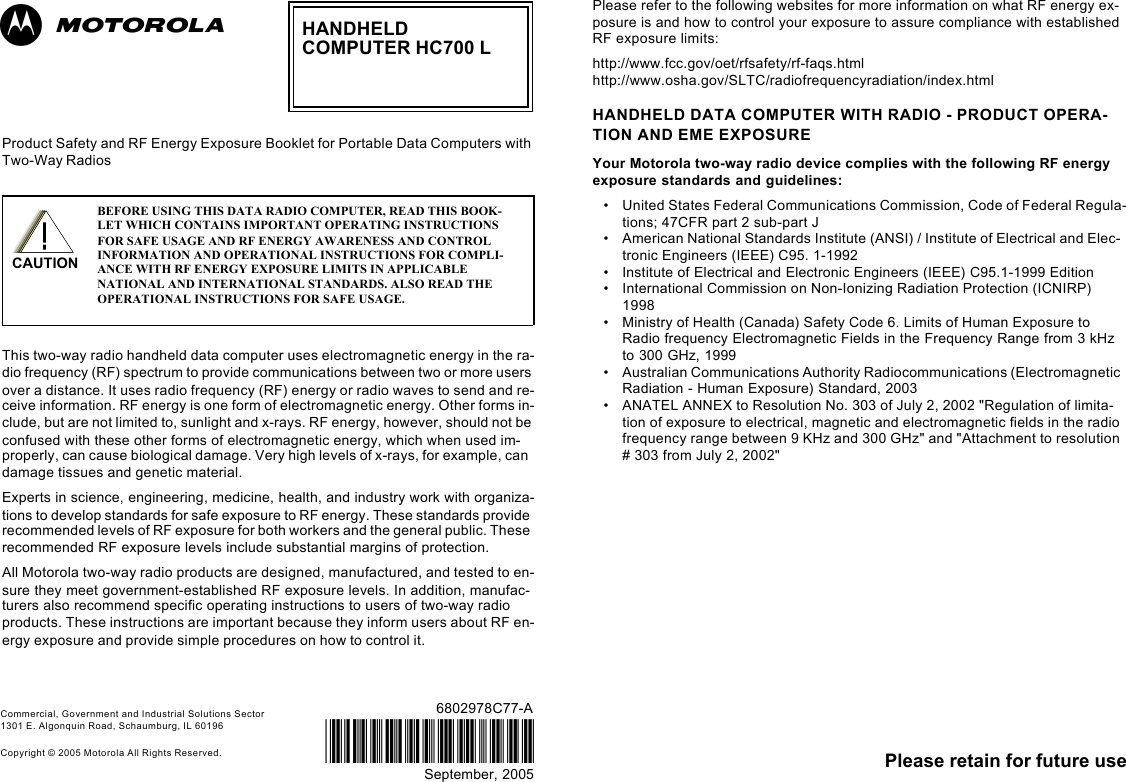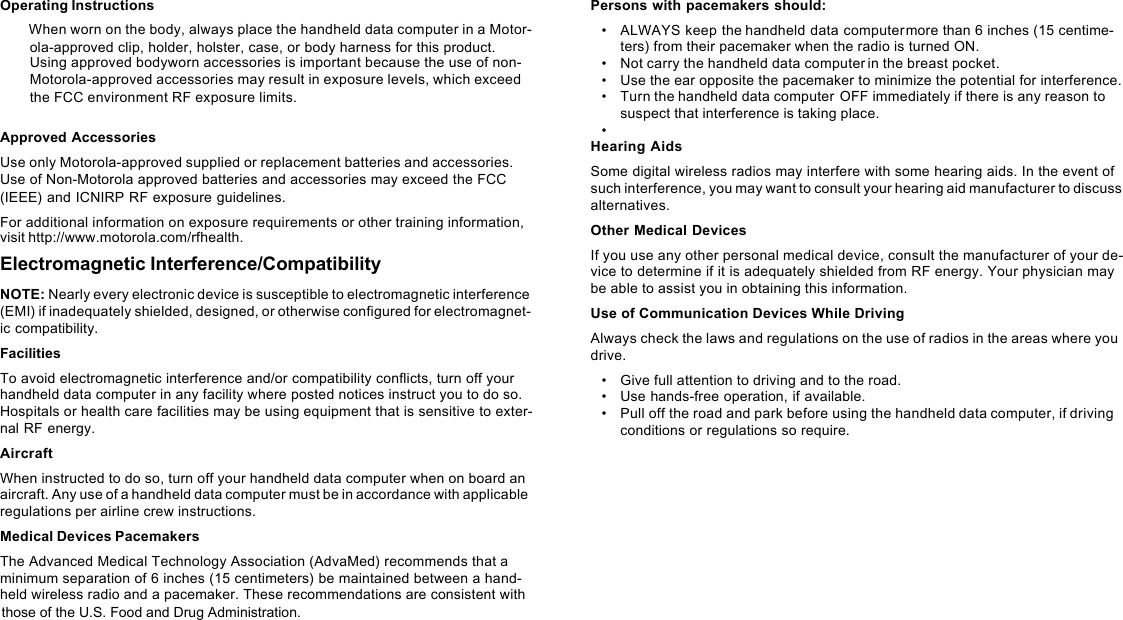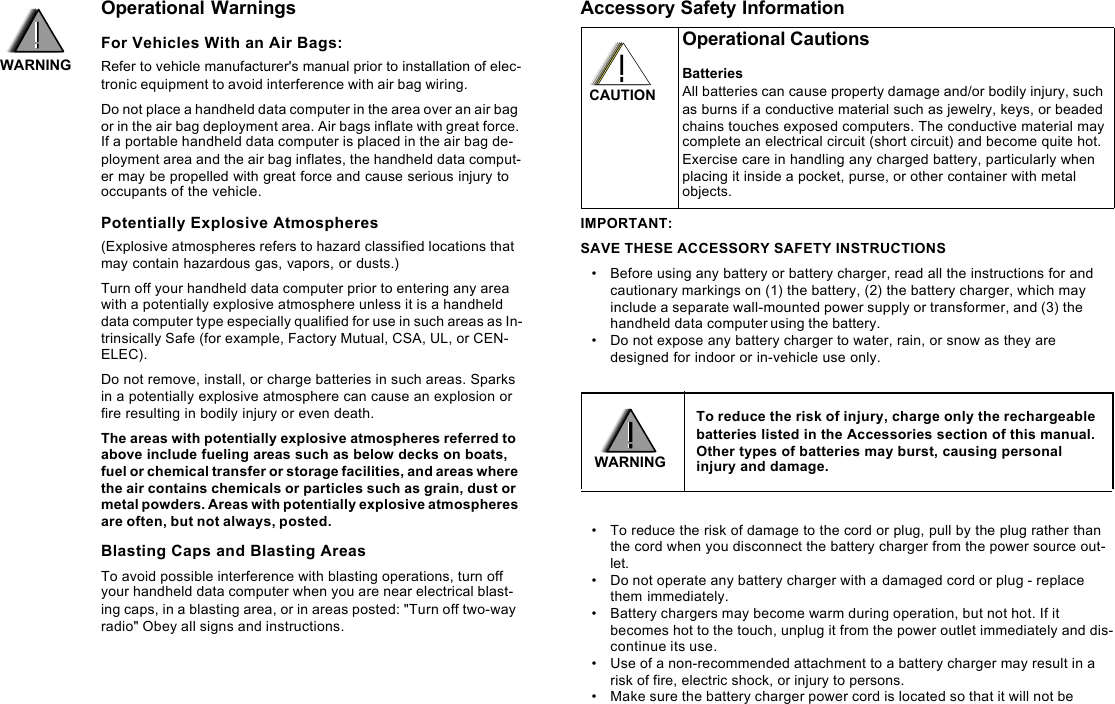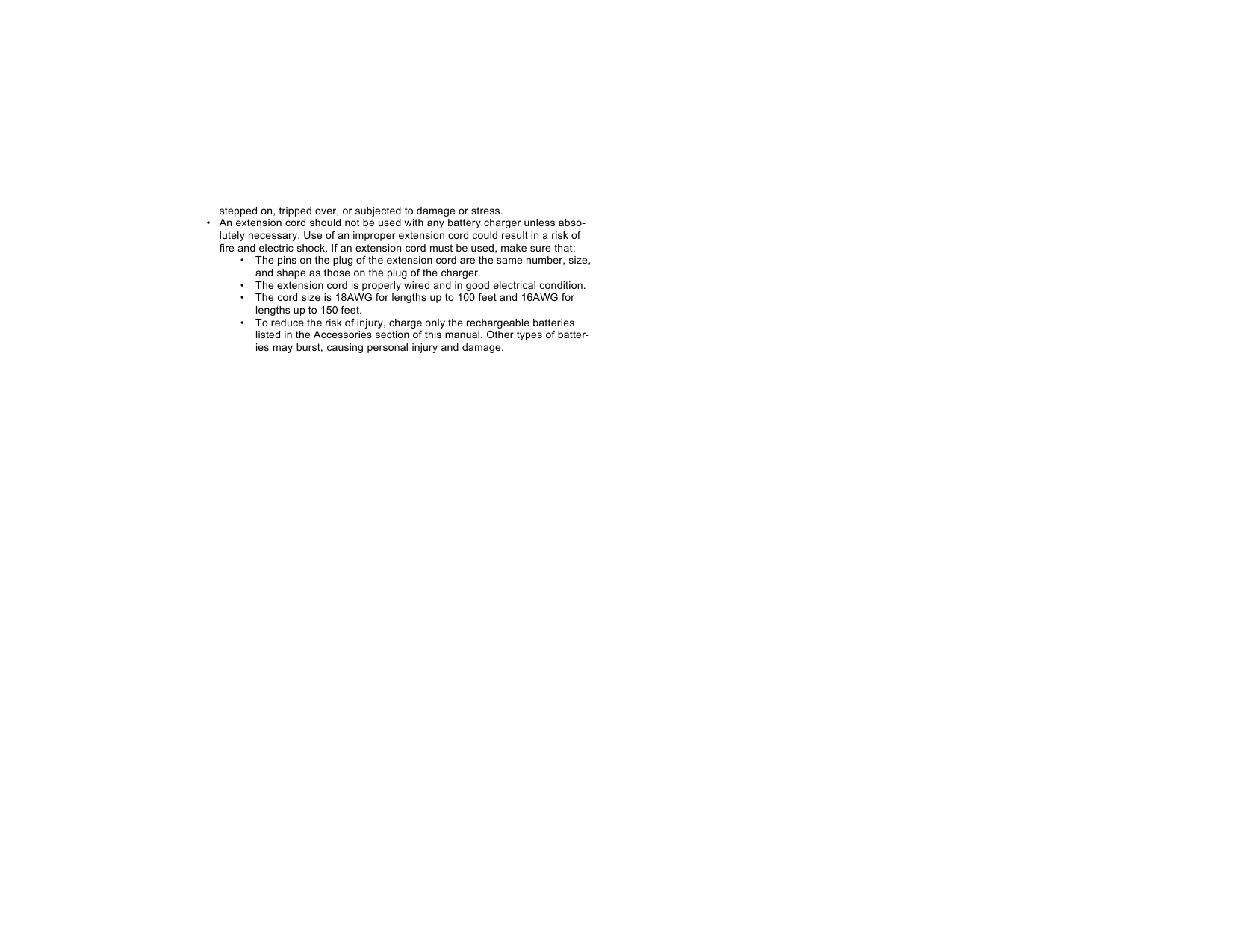Motorola Solutions 89FT7028 Handheld Computer with WLAN and Bluetooth User Manual EME Safety for IMD March 3 2005
Motorola Solutions, Inc. Handheld Computer with WLAN and Bluetooth EME Safety for IMD March 3 2005
Contents
- 1. Exhibit 8 Users Manual
- 2. Exhibit 8A Supplemental Users Manual
Exhibit 8A Supplemental Users Manual



